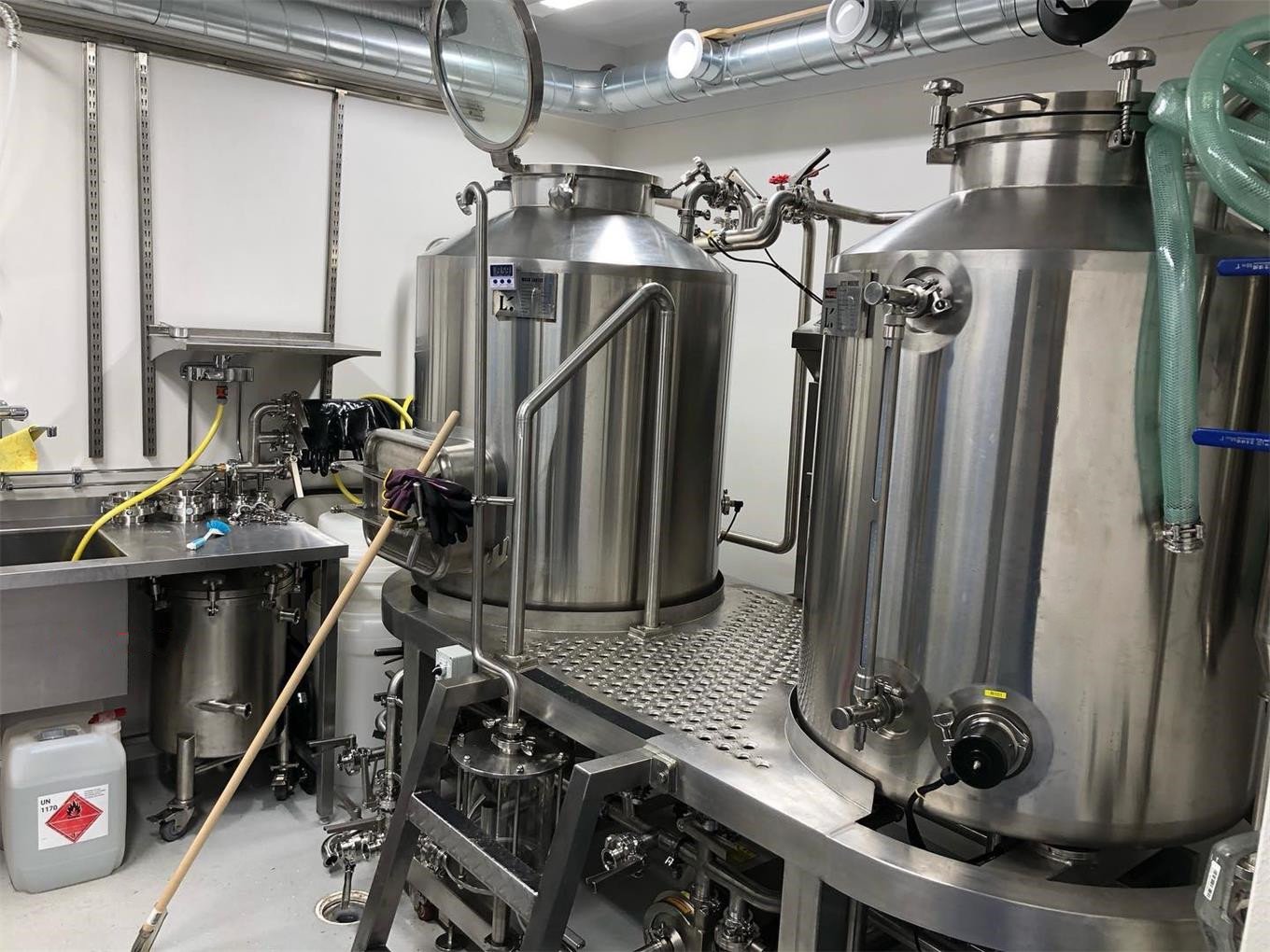How to Start a Microbrewery in 2025
Why Starting a Microbrewery Is an Appealing Venture
Over the past decade, microbreweries have exploded in popularity—and it’s not just because people love beer. There’s something romantic, even rebellious, about brewing your own beer and sharing it with the world. It’s hands-on, creative, and deeply rooted in community. A microbrewery offers more than just a chance to make great beer. It’s a shot at entrepreneurship with flavor, character, and plenty of foam.
Craft beer has become a lifestyle. People seek out local flavors, unique hops, and the stories behind the brews. Starting a microbrewery isn’t just a business move—it’s joining a cultural movement. And with the right setup, a killer concept, and strategic planning, it can be a very profitable one too.
Definition and Scale Compared to Craft or Nano Breweries
Let’s get technical for a moment. What exactly is a microbrewery? And how is it different from a craft brewery or nano brewery?
A microbrewery typically produces less than 15,000 barrels of beer per year, with 75% or more sold off-site. That’s the sweet spot between small-scale and massive industrial production. It’s still hands-on but allows for serious distribution and revenue growth.
In contrast, a nano brewery is even smaller—often a one-person operation brewing in very limited batches (less than 3 barrels per batch). These are ideal for hobbyists or local-only businesses.
Meanwhile, craft breweries are more about approach and independence than size. They’re independently owned, focus on innovation and quality, and include micro, nano, and regional breweries. So, while all microbreweries are craft breweries, not all craft breweries are micro.
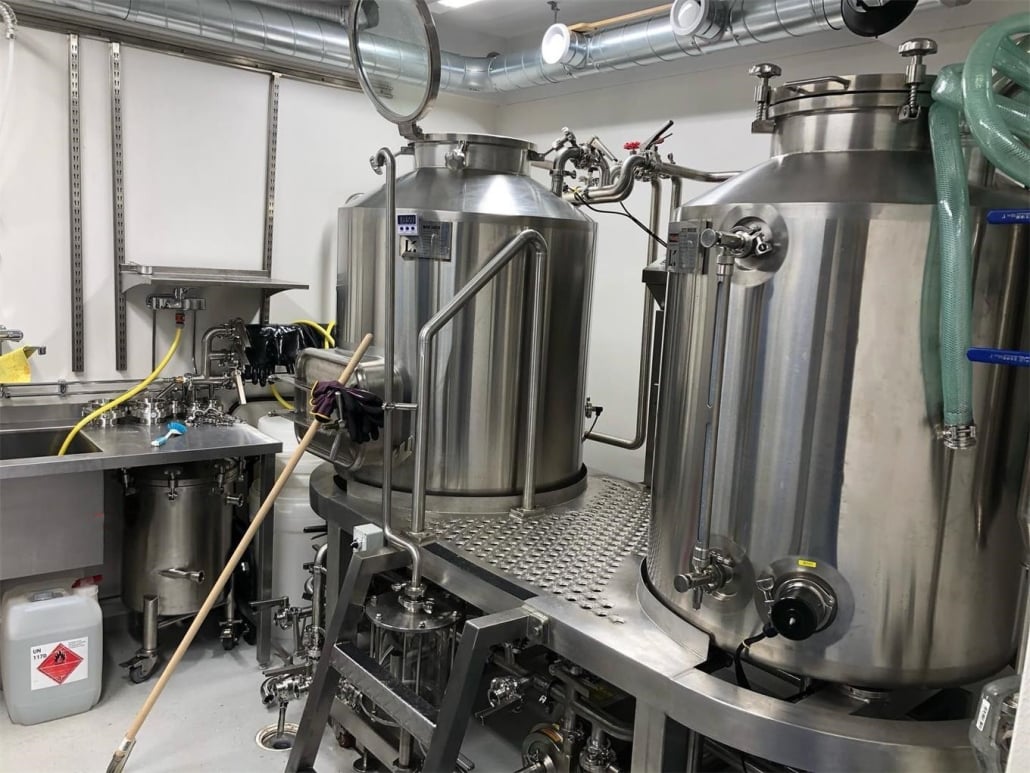
Differences Between Microbrewery, Brewpub, and Taproom
If you’ve ever walked into a cozy brick building and enjoyed a house-brewed IPA with a burger, you’ve probably been in a brewpub. But what sets that apart from a microbrewery or taproom?
A brewpub is a restaurant that brews its own beer, often serving food alongside house-made brews. Most of the beer is consumed on the premises.
A microbrewery, on the other hand, focuses on production and distribution. While it may have a tasting room, most of its beer is sold off-site—think kegs, bottles, or cans heading to bars and retailers.
Then there’s the taproom model, which is essentially a tasting room attached to a production facility. There’s usually no food service, but it’s all about enjoying freshly brewed beer on site. It’s cost-effective and lets you build a loyal fan base without the overhead of a full kitchen.
Analyze Local Craft Beer Demand and Competition
| Factor | Description |
|---|---|
| Population Demographics | Younger, urban populations often correlate with higher craft beer demand. |
| Existing Breweries | Too many breweries in one area? Consider finding an underserved niche or unique angle. |
| Consumption Trends | Look at sales of craft beer vs. macro beer in your region. Is there growing local interest? |
| Tourism & Events | Areas with festivals, tourism, or a strong food scene tend to support microbreweries well. |
| Alcohol Laws | Dry counties or strict alcohol laws? These can drastically affect your business viability. |
Importance of a Solid Business Plan for Microbrewery Startups
You wouldn’t start brewing without a recipe, right? Well, your business plan is your brewery’s recipe for success. A solid plan keeps your goals clear, helps attract investors, and ensures you stay on track during those first chaotic years.
It should cover everything: startup costs, revenue projections, branding strategy, equipment needs, production schedules, staffing plans, distribution models, and even an exit strategy. Investors need to see you’ve thought through the details—from hops to hops per barrel per week.
Here’s a pro tip: your plan should speak in the language of bankers and brewers. Blend passion with practicality, and you’ll have something people can believe in.
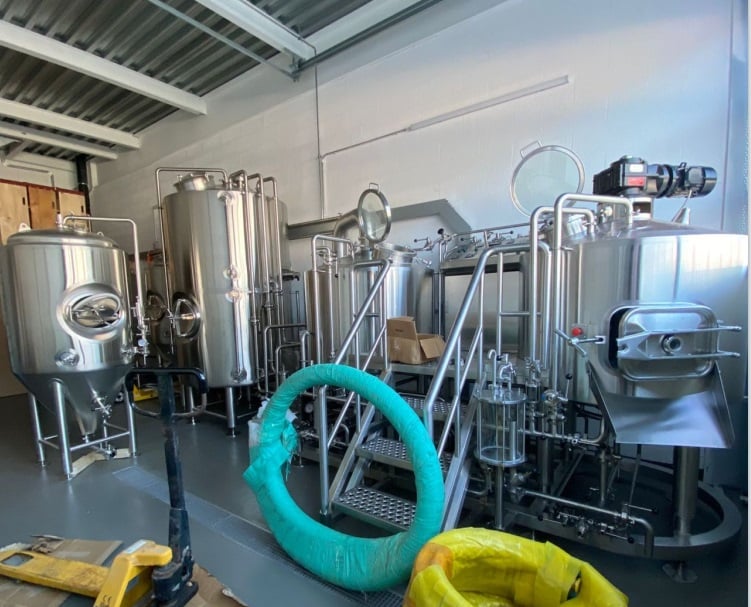
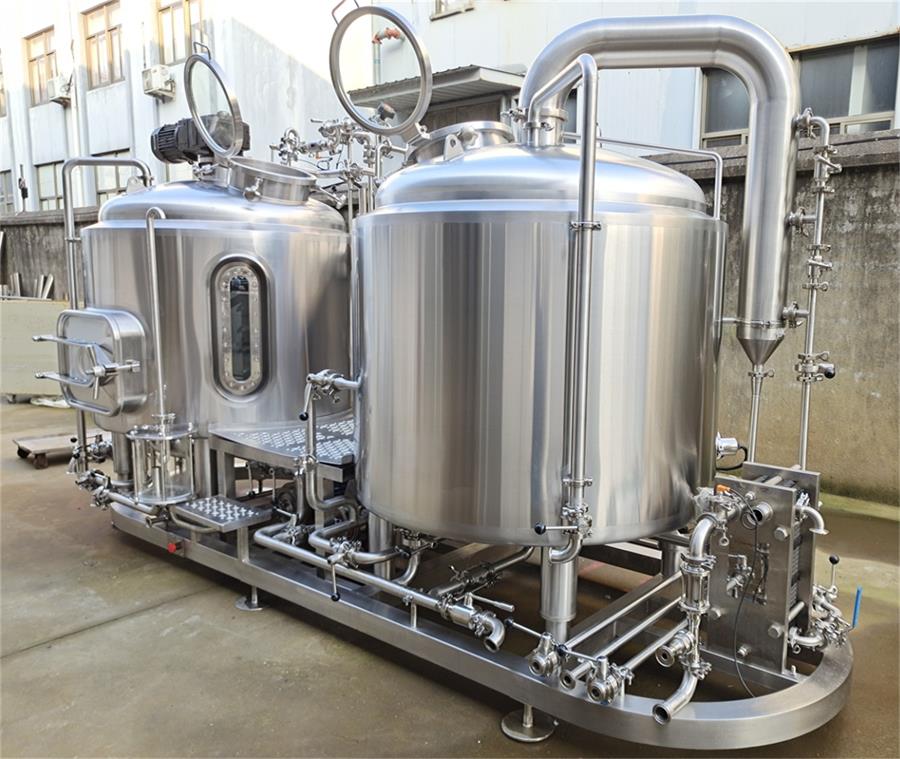


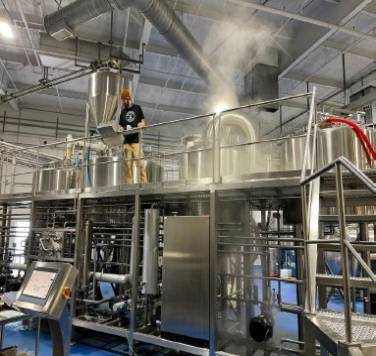
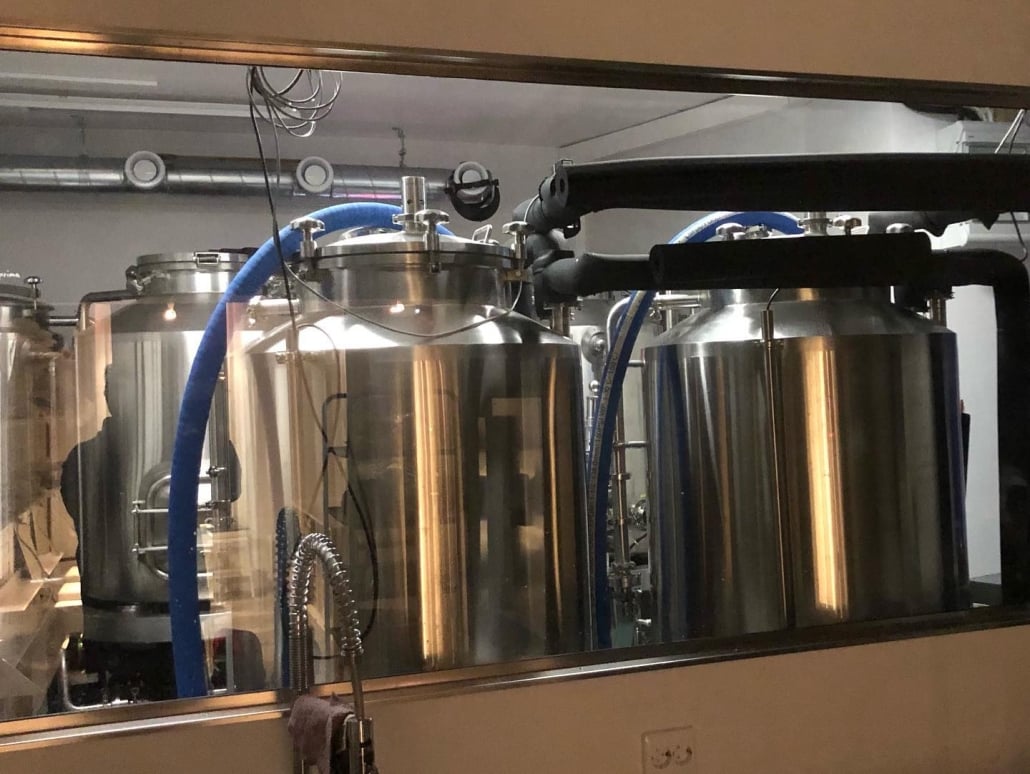
Legal Requirements and Licensing for Opening a Microbrewery
This is where things get… complicated. Brewing beer involves alcohol, and that means rules. Lots of them.
You’ll need to navigate both federal and state licensing. Federally, the Alcohol and Tobacco Tax and Trade Bureau (TTB) requires you to submit detailed information about your brewery’s layout, process, and ownership. This can take 90+ days to approve.
State laws vary, but you’ll likely need:
- A state alcohol license
- A health department inspection
- Local zoning approval
- Wastewater permits
- Food service licenses (if applicable)
Choosing a Location Based on Foot Traffic and Zoning Laws
Location, location, location—it’s not just for real estate agents. Your microbrewery’s success depends heavily on where you set up shop.
You want to find a spot that gets natural foot traffic, ideally near restaurants, entertainment venues, or downtown areas. The more people who wander in “just to try it,” the better. Parking, signage, and accessibility also matter more than most brewers admit.
But even the perfect location won’t work if zoning laws don’t allow alcohol production. Some areas prohibit breweries altogether, while others require specific distance buffers from schools or churches. Always double-check with your local municipality before signing a lease.
Sourcing Equipment and Ingredients for Microbrewery Startups
Here’s where the fun—and the budget—kicks in. Your brewing system is the heart of your operation. Choosing the right one means balancing capacity, scalability, and cost.
| Equipment | Purpose | Price Range | Notes |
|---|---|---|---|
| Brewhouse (3-15 BBL) | Core brewing system (mash tun, kettle, etc.) | $50,000 – $250,000 | Stainless steel is standard; size impacts cost and yield. |
| Fermentation Tanks | Where beer ferments | $2,000 – $20,000 | Conical tanks help with sediment removal. |
| Glycol Chiller | Controls fermentation temperature | $5,000 – $20,000 | Crucial for consistency and quality. |
| Kegging/Bottling Lines | Packaging finished beer | $10,000 – $100,000 | Automated lines cost more but save labor. |
| Grain Mill | Crushes malted barley | $500 – $3,000 | Better control over mash efficiency. |
| Water Filtration System | Improves water quality | $1,000 – $5,000 | Essential for taste and consistency. |
When it comes to ingredients, buy fresh and in bulk. Malted barley, hops, yeast, and water are your primary materials. Build relationships with local suppliers or trusted national distributors.
Branding and Marketing Your Microbrewery to Build Community
Marketing isn’t just about logos or catchy names. It’s about telling your story—and making people care.
Great branding gives your beer personality. Maybe you’re all about wild, experimental brews. Or maybe you lean into tradition, with lagers that make your grandpa proud. Either way, your brand should match your vibe.
A strong digital presence is non-negotiable. Build an engaging website, stay active on social media, and use platforms like Untappd to connect with craft beer lovers. Partner with local events, food trucks, or farmers markets to build buzz.
Want people lining up on launch day? Turn your microbrewery into a destination, not just a place that sells beer. That means merch, behind-the-scenes tours, collabs with local artists—anything that gets people talking.
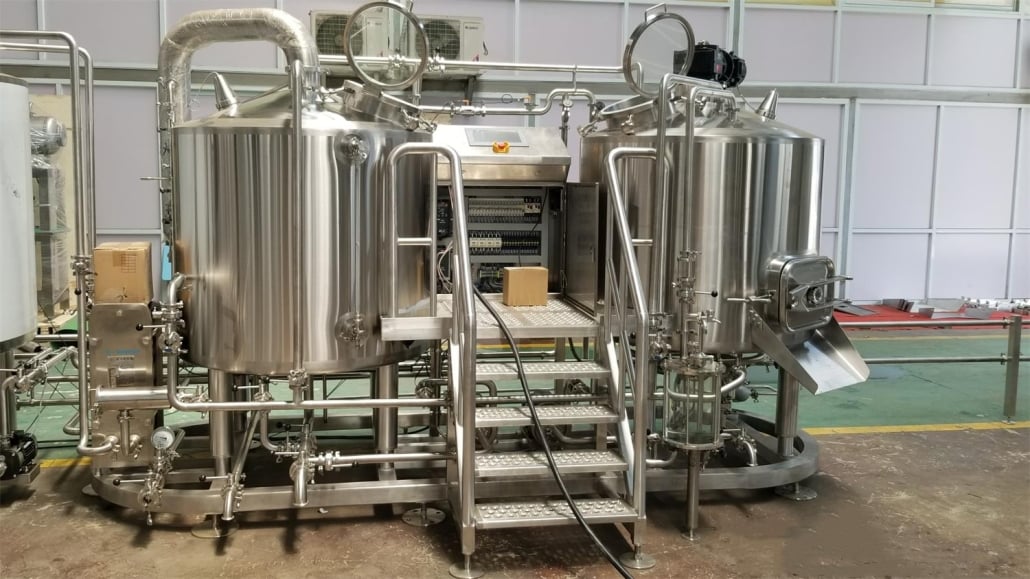
FAQ
| Question | Answer |
|---|---|
| How much does it cost to start a microbrewery? | Between $250,000 and $1.5 million depending on size, location, and equipment choices. |
| How long does it take to launch a microbrewery? | Typically 9-18 months including licensing, build-out, and system setup. |
| Do I need a brewing background to start one? | Not necessarily, but having a brewmaster or training is a big advantage. |
| Can I sell food at my microbrewery? | Yes, if your licenses permit it. Some opt for food trucks or partnerships instead. |
| What’s the most profitable type of beer to brew? | IPAs and lagers often sell best, but niche brews can yield high margins with loyal fans. |
| How do I find investors? | Start with a business plan, then pitch to local investors, crowdfunding, or brewery funds. |
| Should I start small or go big right away? | Starting small lets you learn the ropes with less risk. Scale up once demand proves itself. |
Share this entry
Interested in learning more about Brewing Systems including additional details and pricing information? Please use the form below to contact us!
YOLONG BREWERY EQUIPMENT FAQS
- Commercial Brewery / Craft Brewery / Microbrewery / Nanobrewery
- What is The Difference Between Craft Beer and Industrial Beer?
- The Bespoke Differences In Custom Brewing Systems
- Everything You Need to Know About Kettle Souring
- How to Choose Brewing Equipment for Your business?
- How To Choose The-Best Partner To Build Your Commercial Microbrewing System?
- Two Detection Sensors That You Need To Use In Your Brewhouse System
- Remote Control Applications in Brewing Equipment/How does it work?
- How To Clean Your Brand New Brewery Tanks?

